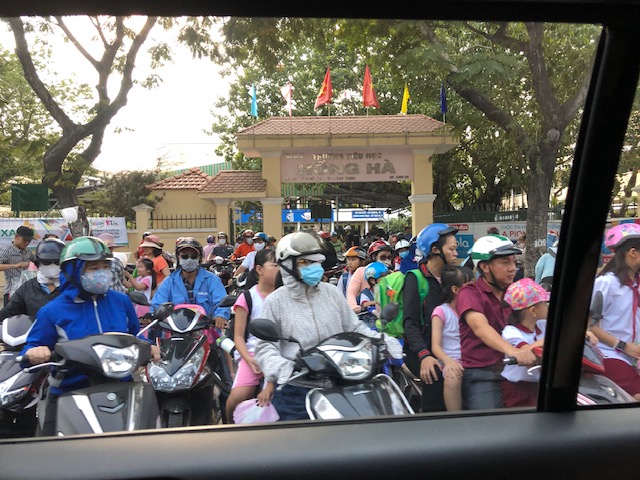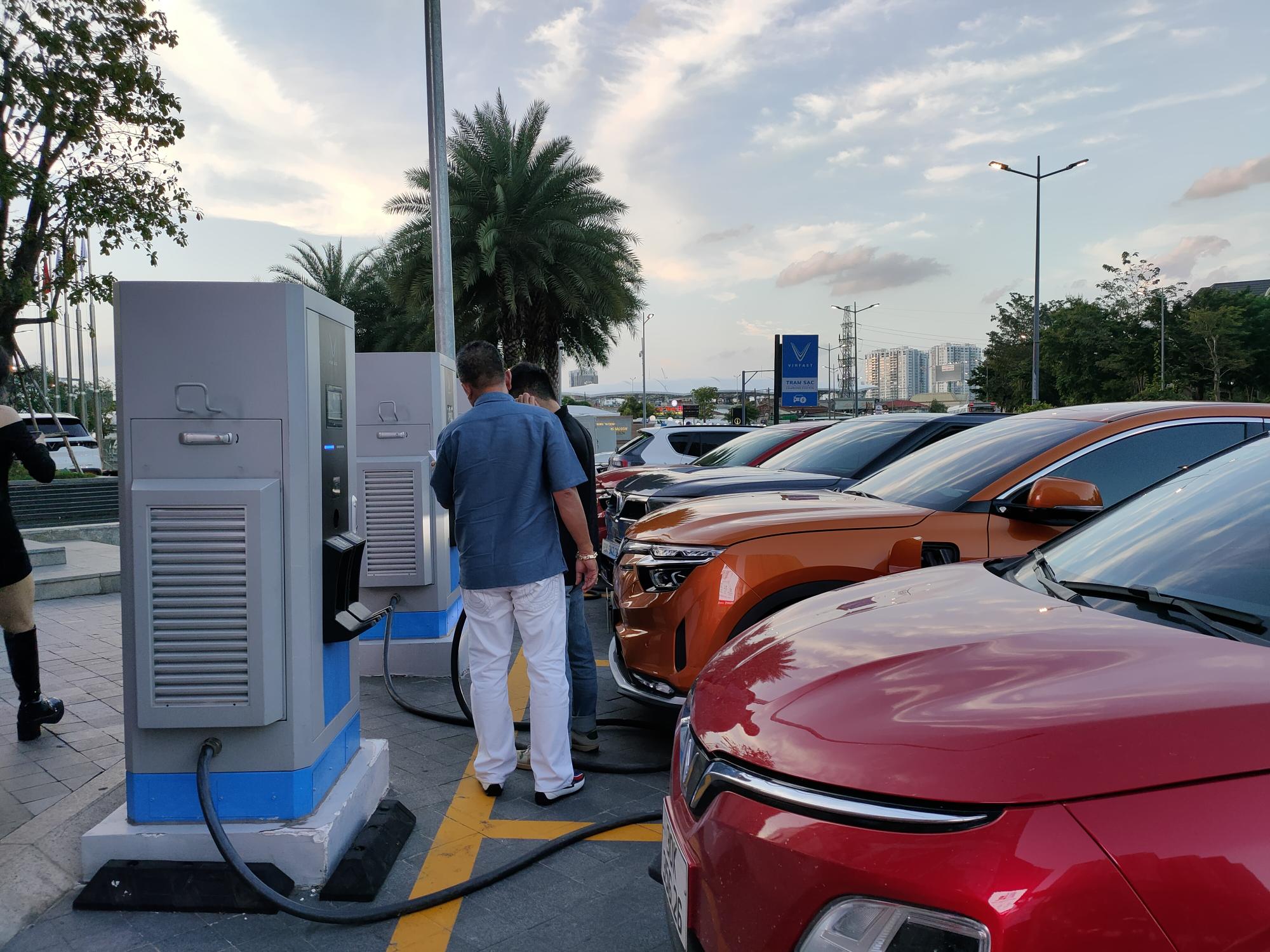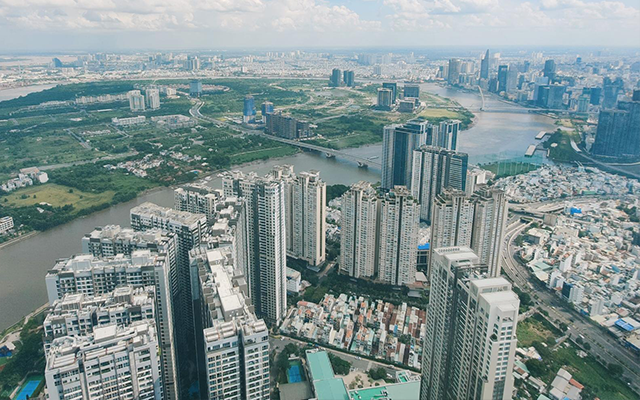Vietnam – Sweet Spot in Asia
Christian Kürsteiner – 27.02.24
Have you ever visited Vietnam? If so, you will probably have noticed not only the beauty of the country but also its dynamism. Many tourists returning from Vietnam bring unique impressions with them – and also the desire to benefit from this dynamism with a portion of their savings. In fact, Vietnam’s gross domestic product (GDP) has grown by an average of 6.25% per year over the last 20 years. By way of comparison, the Swiss economy has grown by an average of 2% over this period.
This amazing growth story began in 1986 with the Đổi mới policy (Vietnamese for renewal). This formed the basis for a long-lasting wave of market economy reforms with the aim of evolving from an agricultural to an industrial and service economy and thus enabling the population to enjoy a higher living standard. The reform policy created an attractive environment for foreign direct investment and capital market investments – a necessity, as the country itself does not have enough capital of its own for the transformation. Labor costs are less than half as high as in China, and the education level of the 100 million inhabitants is high compared to many other countries. The literacy rate is over 96% and in the latest Pisa study Vietnam ranks 31st globally in mathematics, 34th in reading comprehension and 35th in science. The country’s demographics are also favorable – two thirds of the population are between 15 and 64 years old, so there is an immense pool of workers available.

In order to promote international trade, Vietnam has ratified numerous free trade agreements, thereby integrating itself into the worldwide globalization process. These include, for example, membership of the Regional Comprehensive Economic Partnership (RCEP), which includes 15 member countries and around 30% of the world’s population and 30% of global GDP, as well as bilateral agreements with the EU and the USA. The country is thus cleverly positioning itself between China, the US and Europe and avoiding excessive dependence on a single country or bloc. Vietnam’s largest trading partner is China, but at the same time the USA is its largest export market.
Together with the business-friendly attitude of the Vietnamese government, this multitude of reasons makes Vietnam one of the main beneficiaries of the much-discussed global relocation of production. According to the country’s General Statistics Office, realized foreign direct investment in Vietnam grew by around 3.5% to 23.18 billion US dollars last year. Well-known companies have invested in Vietnam. Samsung, for example, is the largest single investor in Vietnam with over 20 billion US dollars in capital, Apple has relocated parts of the production of Airpods, iPads, and many other products to Vietnam and Lego is currently building a new production facility in Vietnam for one billion US dollars. Chinese companies too have increasingly discovered Vietnam for themselves. This is not only due to the cheaper production location, but also partly due to the trade dispute between China and the USA.
Along with industrialization, more and more Vietnamese are moving to the cities. While the urbanization rate was still below 32% in 2012, it is already over 38% today. And it is likely to rise further in the coming years thanks to the greater availability of jobs and higher living standards in the cities. The real estate market for residential property is therefore experiencing natural demand. This is in contrast to the residential property market in China, for example, which already has an urbanization rate of 66%.

In order to cope with all these changes, the country has invested heavily in the renewal and expansion of its infrastructure, such as ports, roads, the electricity grid, and the stock exchange system. However, additional infrastructure investments are necessary to ensure that the country can continue to exploit its growth potential in the future.
At the same time, Vietnam has other challenges to tackle. The country currently ranks 83rd in the Corruption Perceptions Index, which represents an improvement of 21 places over the past three years, but there is still room for improvement. Other examples include environmental pollution, China’s growing claims to power in the South China Sea and the geopolitical balancing act between China and the USA.

However, we are convinced that Vietnam will overcome these challenges and continue to benefit from the structural tailwind mentioned above. The opportunities for the population, companies and investors are very good. This is why Vietnam is currently the only country equity fund in Asia in Bellecapital’s fund range.
Vietnam is also currently prominently represented in our equity fund for the Asian region – the Galileo Asia Fund – with 23%. The country is not yet included in most regional Asian indices, as it is still classified as a frontier market country rather than an emerging market country. Many Vietnam investors are betting on Vietnam’s reclassification as an emerging market country. In our opinion, this is an additional kicker, but it should not be the main reason for investing, as investors have been disappointed in this regard in the past. There are plenty of other reasons to be invested in this exciting and dynamic country.
 |
Christian Kürsteiner is Head of Asset Management at Bellecapital, an asset manager with USD 5 billion in assets under management and 60 employees in offices in Zurich, Lausanne and London. Among other things, the company manages two equity funds focusing on the Asian region (the Galileo Asia Fund) and the country of Vietnam (the Galileo Vietnam Fund). |

